Reviewed by Jame Jimenez
Difficulty: Novice to Moderate
Time: 30 minutes to 3 hours per project
Cost: Under $10 per gift
Why You'll Love This Recycled Gift Approach
Looking at your recycling bin differently might just revolutionize your gift-giving game. Instead of seeing empty containers and discarded materials as waste, you're looking at a treasure trove of creative possibilities that cost practically nothing but deliver maximum impact. Research shows that transforming everyday recyclables into creative projects offers both environmental benefits and endless creative possibilities. Craft marketing is experiencing a surge in handmade and sustainable products as people seek meaningful, personalized gifts that tell a story.
The beauty of recycled crafting goes beyond saving money (though that's definitely a perk). You're creating something genuinely unique that nobody can buy in a store—gifts that come with stories, environmental wins, and proof that creativity trumps cost every single time.
What You'll Need
Basic Supplies
Hot glue gun and glue sticks
Acrylic craft paint (various colors)
Paintbrushes (small and medium)
Scissors and craft knife
Sandpaper (medium grit)
Spray paint (optional)
Household Materials
Clean recyclables (see specific projects below)
Basic craft supplies (ribbon, twine, markers)
Safety First
Wear safety glasses when cutting glass or using spray paint.
Use a hot glue gun carefully—burns happen fast.
Sand the rough edges on metal containers smooth before handling.
Work in well-ventilated areas when using spray paint or adhesives.
Adult supervision is required for projects involving cutting tools or hot glue.
Your "Junk Drawer" is Actually a Goldmine
Here's what makes household recyclables so perfect for gift-making: Upcycling keeps materials out of landfills while reducing demand for new resources, turning every project into an environmental victory. But the real magic is economic—many upcycling materials are free or low-cost, sourced from your own home, stretching your gift budget incredibly far.
What sets recycled crafts apart is character. Each upcycled project has its own character—no two pieces are ever exactly the same, giving your gifts authentic handmade uniqueness. Imperfections become features—a slight paint drip becomes rustic charm, while varied bottle sizes create interesting visual rhythm in grouped projects.
Glass Bottles and Jars: Elegant Transformations
Those empty wine bottles and mason jars are about to become sophisticated home décor. Glass bottles hold immense potential for DIY projects, and glass durability means your gifts will actually last longer than many store-bought alternatives.
Wine Bottle Luminaries: Remove labels, add battery-operated LED string lights inside. The glass diffuses light beautifully for ambient lighting.
Mason Jar Herb Gardens: Perfect drainage holes in lids, add potting soil and herb seedlings. Include care instructions as part of the gift.
Rustic Coasters: Mason jar lids can be transformed into charming, rustic coasters that protect tables and add a cozy, farmhouse touch. Sand lightly, paint or stain, then seal with clear coat.
Why it works: Glass holds paint well, handles temperature changes, and the weight gives finished pieces a premium feel that recipients notice immediately.
Paper and Cardboard: Beyond Basic Recycling
Paper transforms into surprisingly sophisticated gifts when you know the right techniques. The idea is to roll strips of recycled paper into cylinders, then arrange and glue them to form unique abstract art—perfect for creating custom wall art that matches any décor style.
Magazine Bowl Project:
Cut magazine pages into 1-inch strips
Roll tightly around a pencil, securing with glue
Arrange coiled strips in a bowl shape around a form
Seal the entire surface with Mod Podge for durability
There are dozens of cardboard-recycling ideas ranging from simple storage boxes to sophisticated shadow boxes. The key is choosing cardboard weight that matches your project ambition—cereal boxes for lightweight decorations, shipping boxes for structural projects.
Tip: Old newspapers can be used to make unique wall decorations when you focus on typography and image composition rather than trying to hide the newsprint.
Plastic Containers: Surprisingly Sophisticated Solutions
Plastic gets a bad reputation in crafting, but the durability of plastic lends itself well to DIY, and the material is easy to manipulate. The secret is choosing projects that highlight plastic's strengths: weather resistance for outdoor planters, easy cleaning for organizational items.
Self-Watering Planters:
Cut 2-liter bottles 4 inches from the bottom
Invert the top section inside the bottom (cap-side down)
Thread the fabric strip through the cap hole into the water reservoir
Add potting soil to the inverted section—fabric wicks water up
Empty plastic soda bottles can be used to make cute hanging lights when you cut decorative patterns and add battery LED strings. The patterns cast beautiful shadows on the walls.
Why it works: Quality spray paint completely transforms plastic appearance, while the material's flexibility allows for creative shaping with gentle heat.
Tin Cans: Industrial Chic Appeal
Metal containers offer unmatched durability for functional gifts. Once containers of our favorite foods, empty tin cans can be revamped through ingenious reuse into items that improve with age and develop appealing patina over time.
Herb Planter Set:
Sand rough edges with medium-grit sandpaper
Drill drainage holes in the bottom (3-4 holes per can)
Apply primer, then two coats of exterior paint
Add plant saucers to protect surfaces
Include seed packets and planting instructions
Upcycling tin cans into herb planters provides an eco-friendly way to grow fresh herbs while adding rustic charm to any space. Group different sizes for visual interest.
Tip: Tin cans can be used to make simple yet stylish pen holders when wrapped with decorative paper or rope for texture contrast.
Fabric Scraps: Soft Solutions with Style
Fabric crafts create gifts with both function and emotional appeal. Fabric is one of the most important materials to recycle, due to the environmental and social costs of manufacturing and waste, making these projects environmentally significant.
Stiffened Fabric Bowls:
Cut fabric into long strips (2-3 inches wide).
Soak strips in fabric stiffener solution.
Coil around bowl form, overlapping edges.
Allow to dry 24–48 hours (longer in humid conditions) before removing the form.
Storage baskets or bowls can be made from fabric scraps and old clothing, creating gifts that organize while adding soft texture to any room. Old T-shirts can be transformed into cool reusable bags without any sewing—just cutting and knotting techniques.
Why it works: Modern fabric stiffening products create surprisingly durable results that maintain shape while remaining lightweight and practical.
Small Items, Big Impact: Bottle Caps and Corks
The tiniest recyclables often create the most charming conversation pieces. Wine cork succulent magnets combine simplicity with an environmental statement, perfect for wine enthusiasts who appreciate both gardening and sustainability.
Cork Succulent Magnets:
Hollow out cork center (small drill bit or craft knife)
Add a tiny drainage layer of pebbles
Plant a small succulent cutting with minimal soil
Attach a strong magnet to the back with epoxy
Include a care card explaining the misting schedule
Cork is frequently described as naturally hypoallergenic and resistant to mold and dust-mite accumulation, due to its cellular structure and suberin content; cite product sources if you want to be definitive.
Bottle caps can be used to create fridge magnets using glue and magnets from craft stores—especially meaningful when caps represent travel memories or special occasions.
Troubleshooting: If magnets won't stick well, clean the cap interior with rubbing alcohol before applying adhesive.
Your Trash-to-Treasure Action Plan
Ready to transform your recycling bin into a gift workshop? Most recycled craft projects are low-cost, kid-friendly, and surprisingly therapeutic, making them perfect for family crafting sessions that create memories alongside gifts.
Start with one simple project using materials you have right now. You don't need fancy materials—just glue, paper, scissors, and a board or piece of cardboard to serve as your canvas for most projects. Success breeds confidence—master tin can planters before attempting complex multi-material projects.
No matter what DIY craft you choose, whether it's a bird feeder or a wind chime, you're helping to keep plastic waste out of our ecosystem while creating meaningful gifts recipients will treasure for years.
Your First Project: Choose tin can herb planters—they require minimal tools, forgive mistakes, and create gifts people actually use. Success here builds confidence for more ambitious projects later.
The best reward? When someone asks where you found that amazing gift, you get to share your creative process and maybe inspire them to see their own "trash" differently, too.




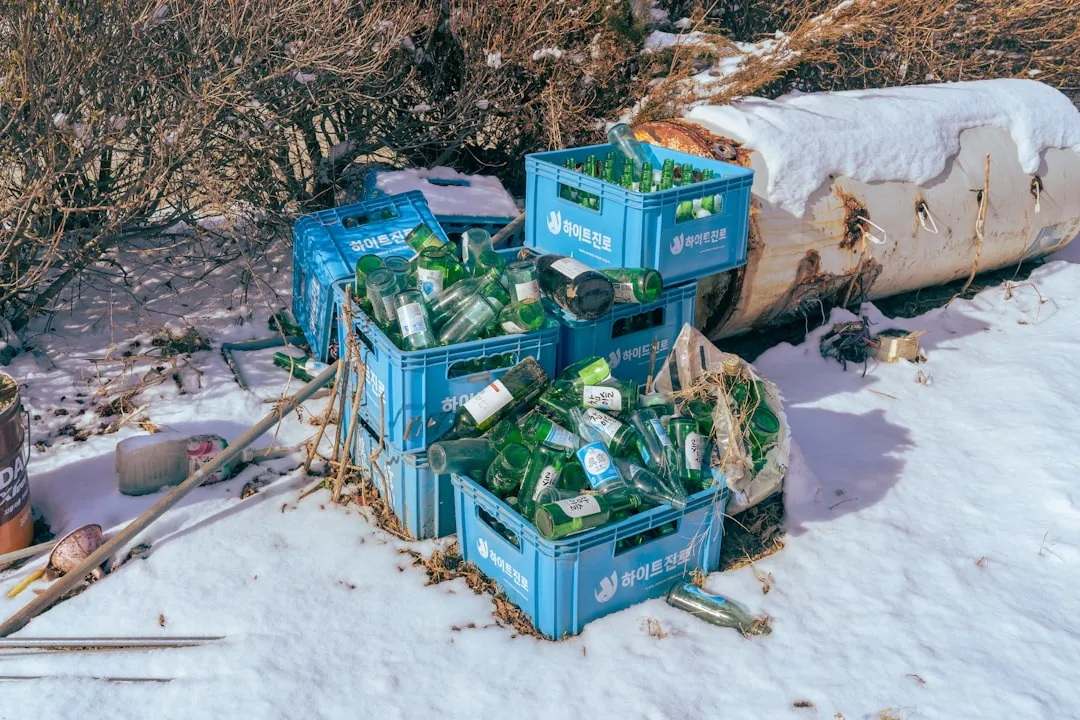
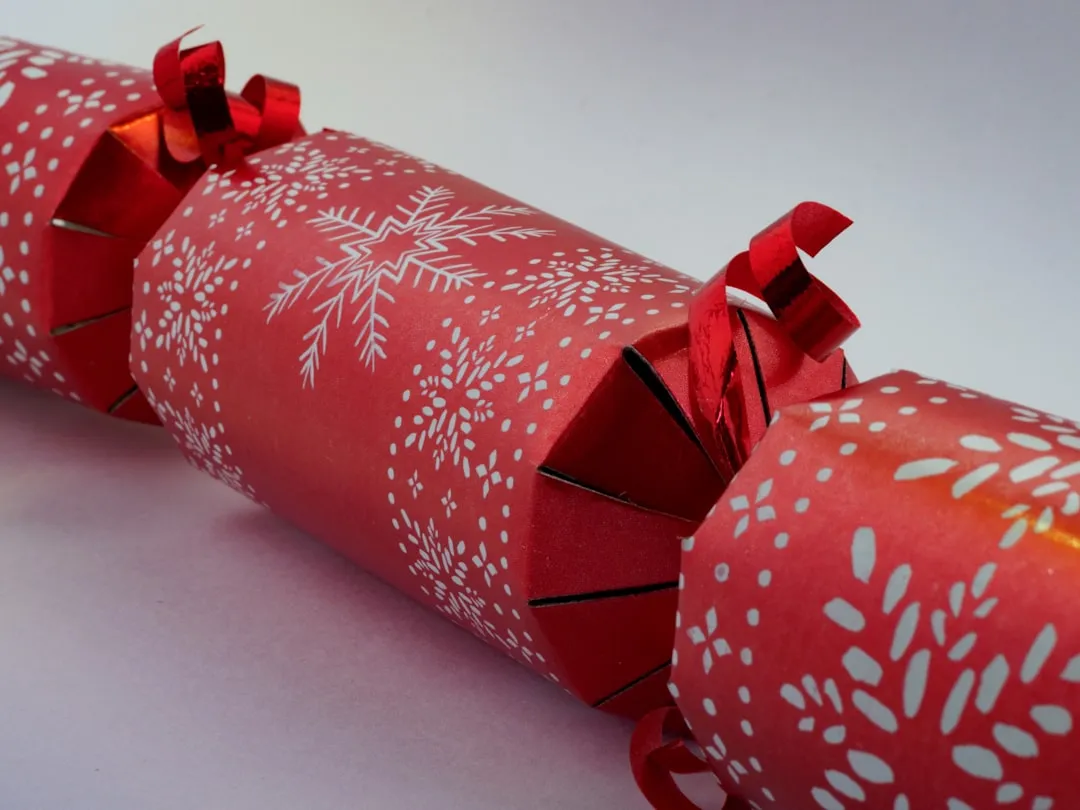
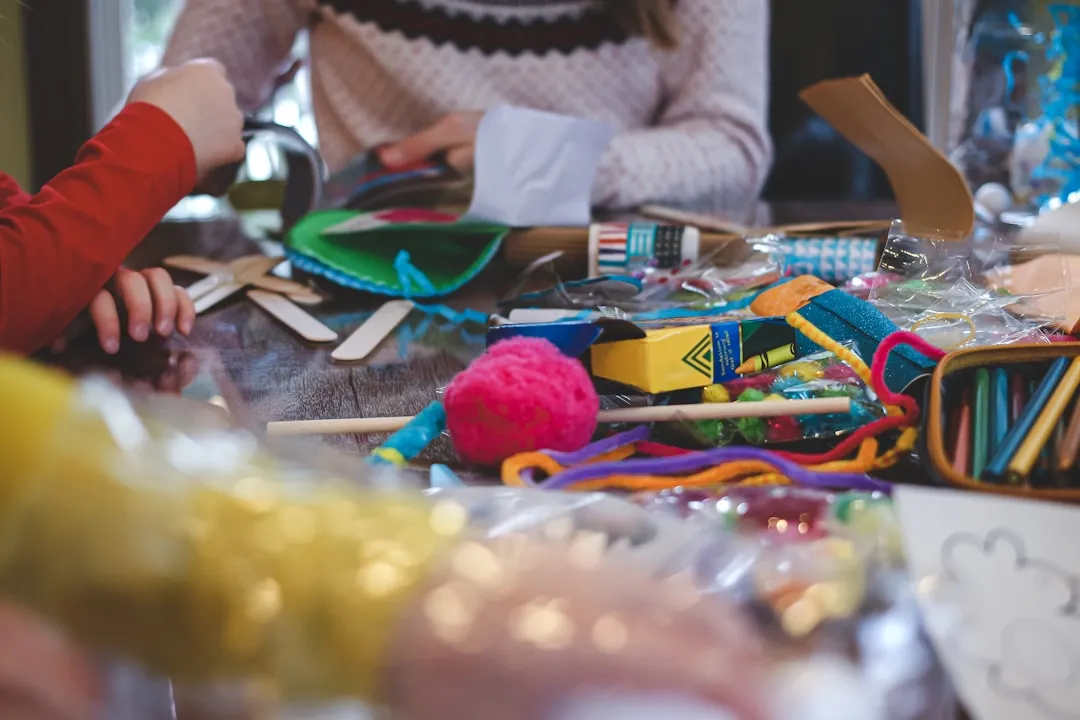
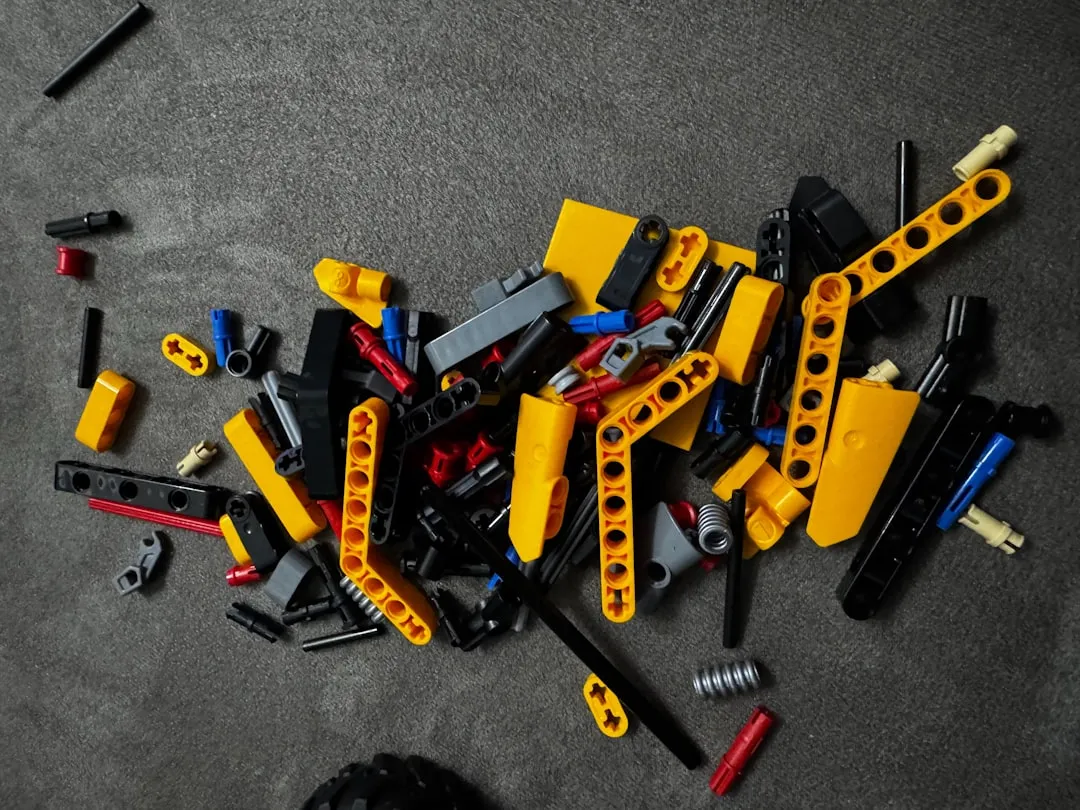
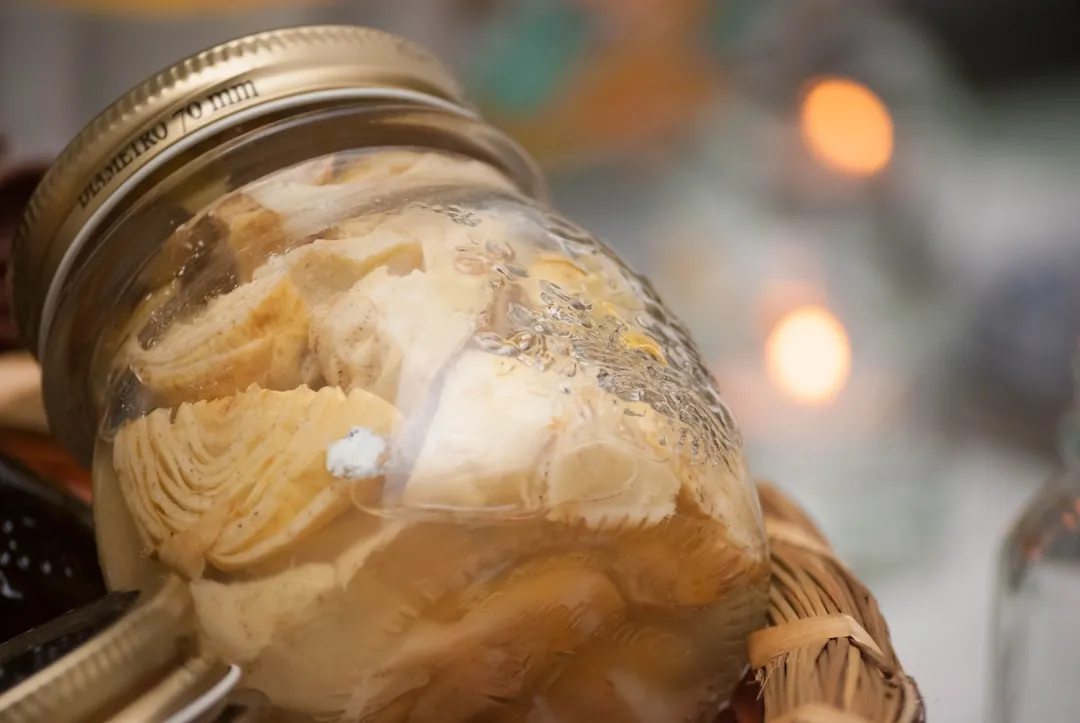
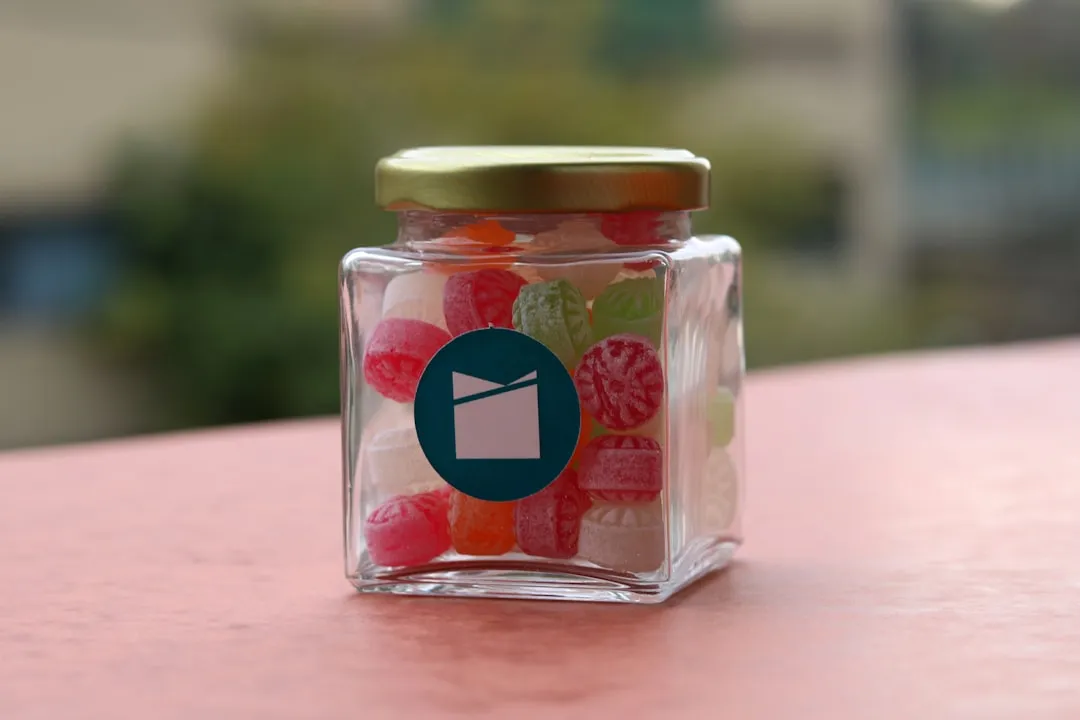
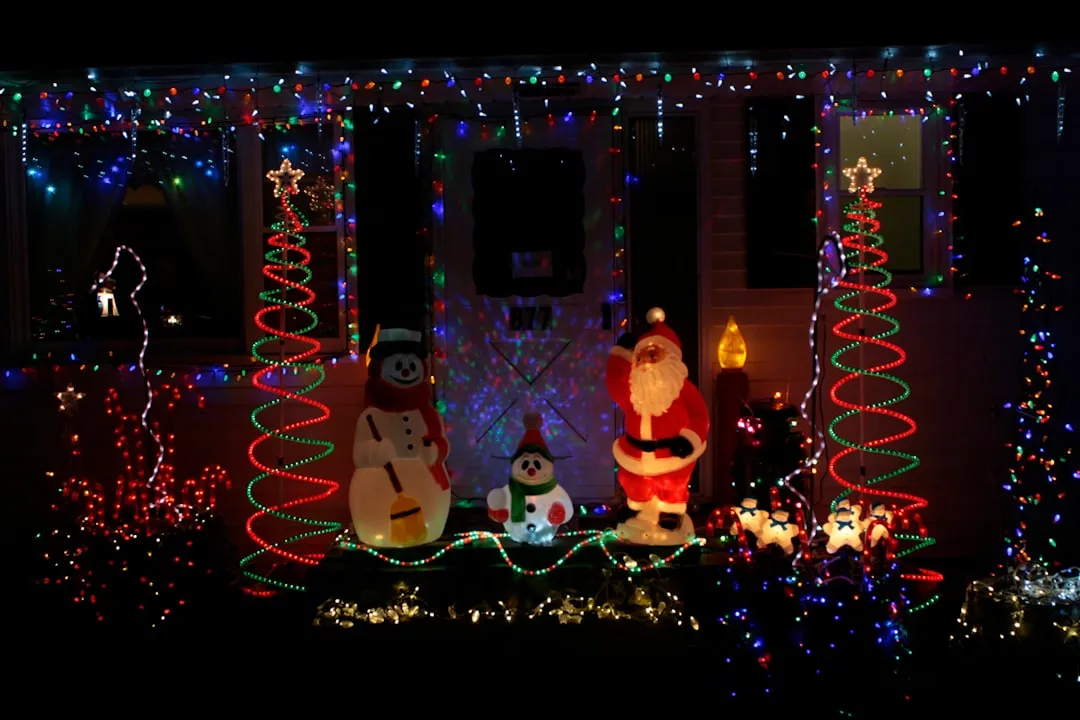
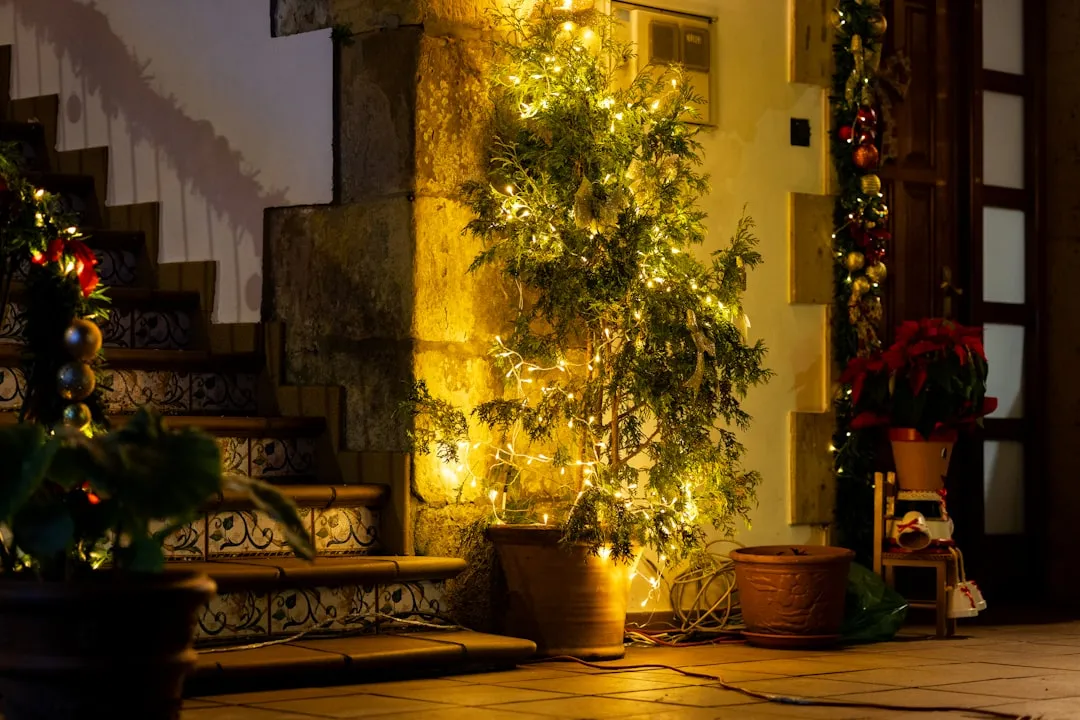
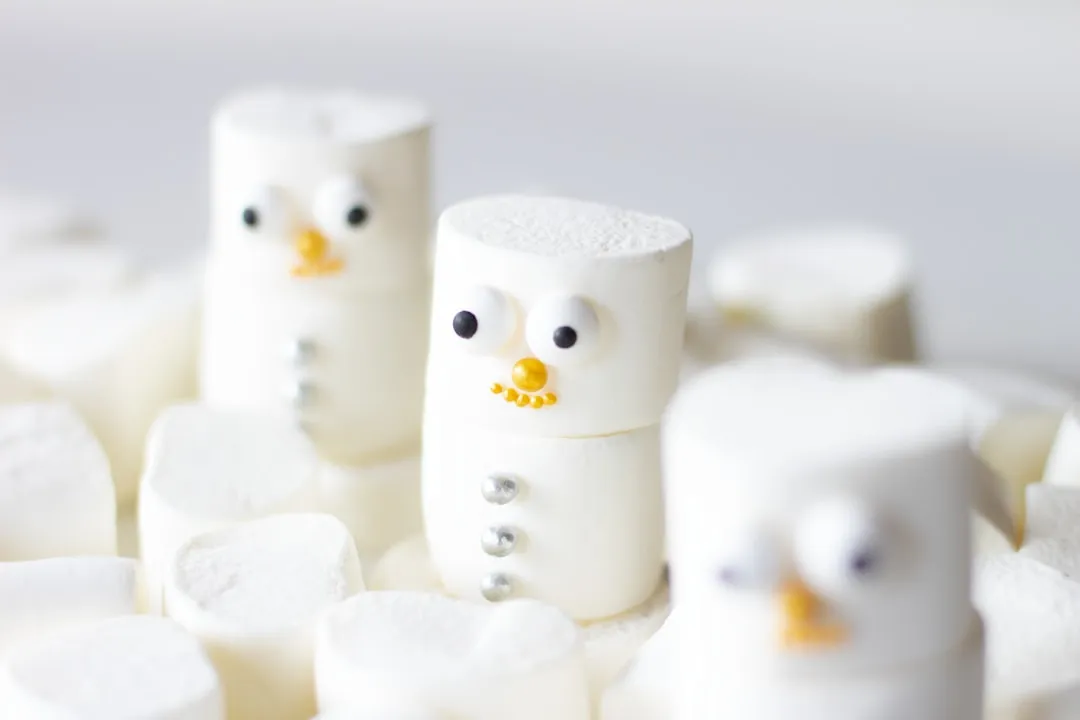
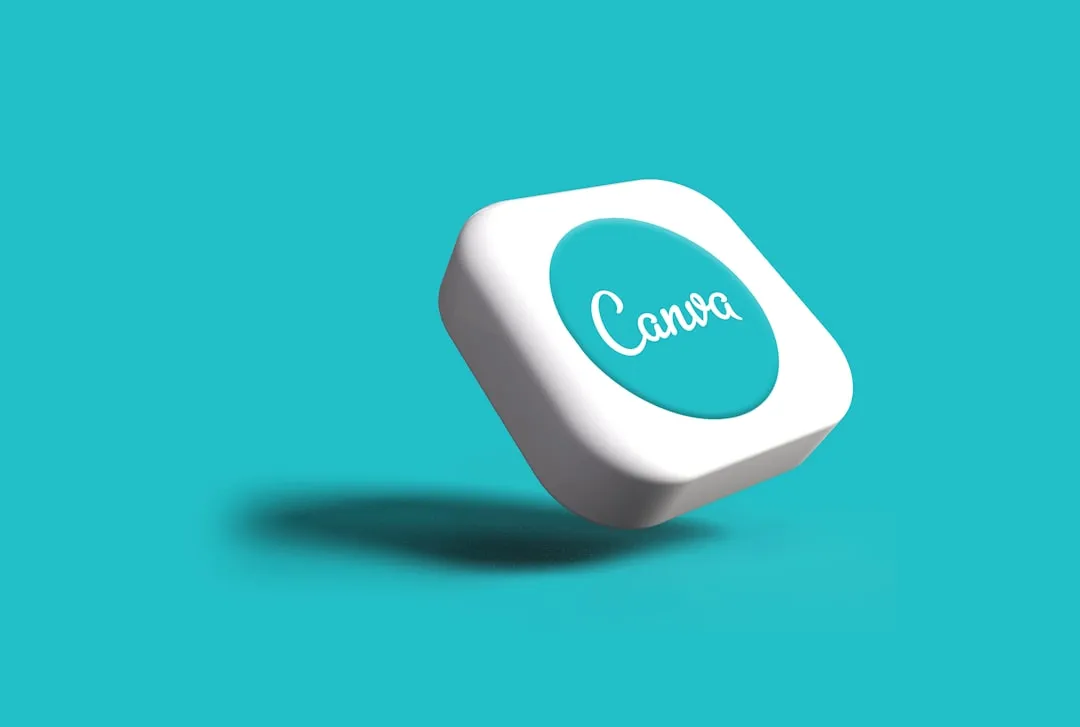


Comments
Be the first, drop a comment!